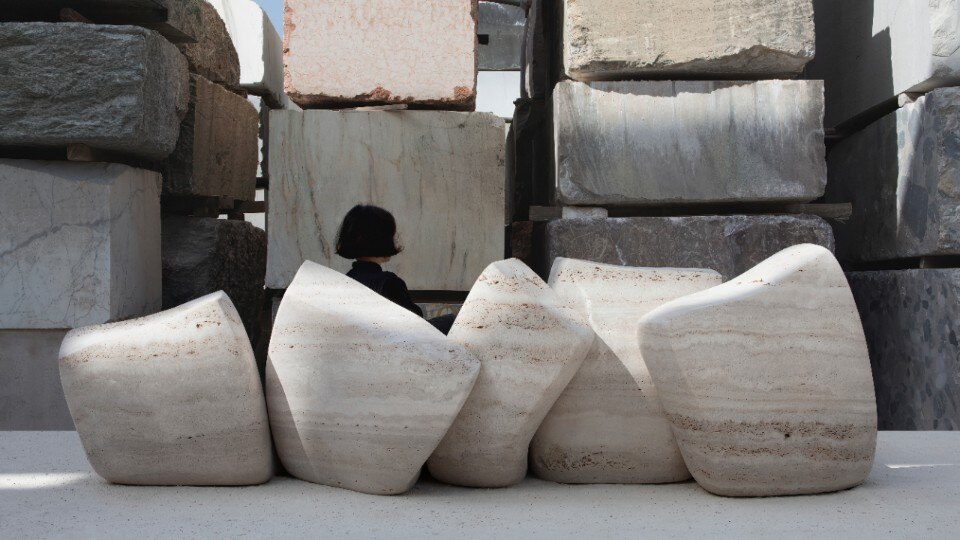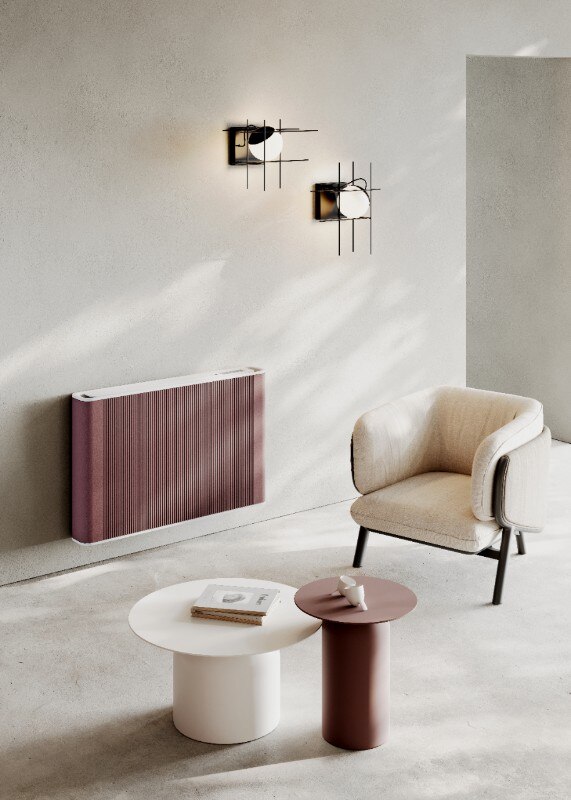Curated by Margo Konings and Margriet Vollenberg (Organisation in Design), the BIO 23 main exhibition gathers a selection of works from 27 countries in Ljubljana's Museum of Architecture and Design (MAO), seeking to illustrate how modern technologies, digitalisation, globalisation, as well as nature and its resources, influence designers and their creative work. Awarded projects were selected from the Biennial's main exhibition.
The jury, composed of Giulio Cappellini, Sven Jonke, Sophie Lovell, Jimmy MacDonald and Vasa J. Perovic, remarked how the project "considers life-cycles, systems, industrial and social factors in a local, global and product context, as well as addressing one of the biggest pollution problems of our age," expressing a wish to see this project implemented in the future.
The jury further sought "to honour a design typology that is beyond the generally accepted understanding of industrial design," by awarding three special mentions to Nikola Ðurek (Typonine) and Marija Juza (Babushke)'s Balkan type system, Nitipak Samsen's Trail$ smart banknote system and Tuur van Balen's DNA Hacking Yoghurt.
Student awards were given to Jólan van der Wiel's Gravity Stool; Max Böhme's Wooden coats; Karin von Ompteda's Visualising Typographic Diversity posters; and Irena Rojs' (Un)Useful clothes collection.
The jury further distributed nine honourable mentions, to Rick Tegelaar's MeshMatics lamps; Adital Ela's Terra stools; Sabrina Koning-Woud, SKW Vormgeving Navigating in the Biesbosch buoys; Feodor Mayow's Grasshopper lamp; Susana Soares' Bee's diagnostic tool; Lucy McRae's Swallowable Parfum; Anagram Architects' The Ring (T)Rail urban renewal project; Studio Pepe Heykoop's Matka – Vases of skin collection; and Studio Jo Meesters' Particles series of vessels.






Stone: Origins and Future in Architecture
On June 12 and 13, 2025, IUAV University of Venice will host "Stone is…," an international forum entirely dedicated to natural stone. Organized by PNA, this event aims to thoroughly explore the material's enduring value and sustainability, featuring insights from internationally renowned speakers.




